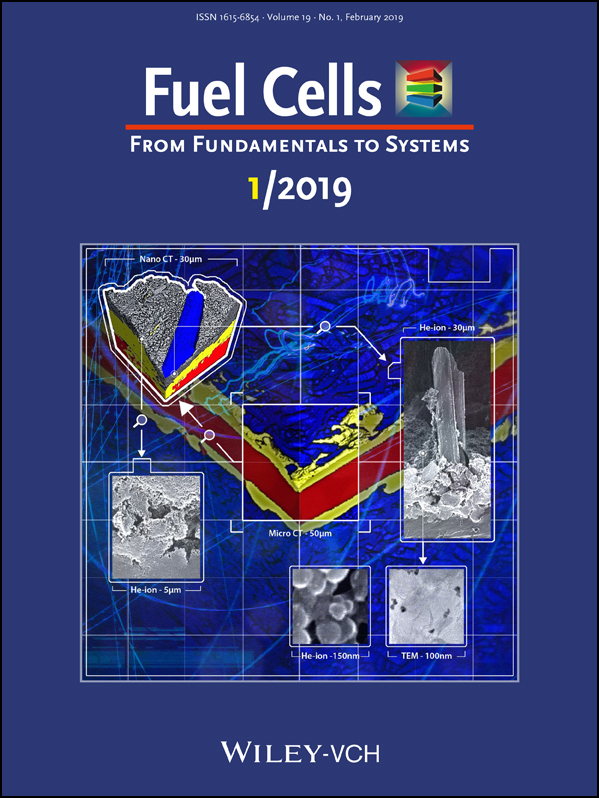Techno-economic Analysis of a More Efficient Hydrogen Generation System Prototype: A Case Study of PEM Electrolyzer with Cr-C Coated SS304 Bipolar Plates
Abstract
This study presents a more efficient and innovative prototype of a hydrogen generation system using proton exchange membrane (PEM) electrolyzer. The aim of this study is to generate hydrogen gas energy that conducts the chemical reaction by electrolytic movements as well as to design a system that generates energy with H2 through new technology. The Cr-C coated SS304 bipolar plates were used in the electrolysis cells and the septic mixture (urea, ammonia, methyl alcohol) was used in the electrolyzer as a chemical solution to make the hydrogen production more efficient and cost effective. The super strong magnets were also mounted on the outer surface of the electrolysis cells to improve the performance and efficiency. The performance of the electrolyzer was determined by operating the current and voltage parameters. The results were collected through experiments and the optimization of the different parameters. In this prototype study, the production of hydrogen gas in the system (1 MW) through the presented system was found to be as 6 m3 h−1 and the simple payback period (SPP) was calculated as 2.32 y. These results indicate that this system can produce hydrogen more efficiently and economically.




